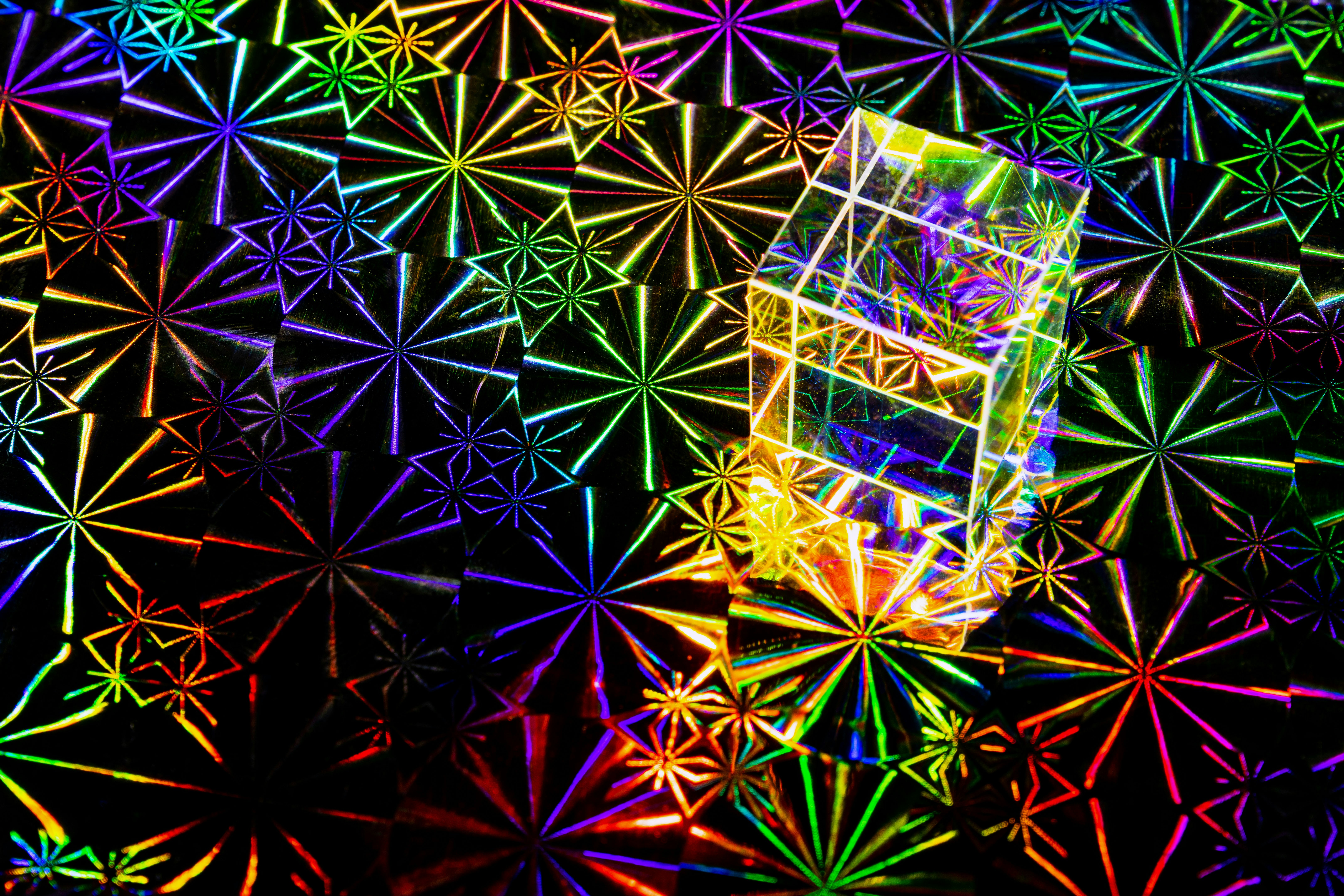Augmenting Disruptions: A Peek into Hologram Technology
For countless years, holograms have been a mainstay of futuristic film and adventures into the far-off tomorrows. Now, the future is today, and those holograms are set to become our reality.

A Cheery Walk Down Memory Lane
Holography was initially developed by Hungarian-British physicist Dennis Gabor in 1947, which he expanded while working to improve the resolution of electron microscopes. The word ‘holography’ comes from Greek roots: ‘holos,’ meaning ‘whole,’ and ‘graphē,’ indicating ‘drawing or writing.’ Originally, films and mirrors were used to create holographic images, a laborious and expensive process that limited its potential mass-market appeal.
The 1960s and ’70s saw a significant development in display holography. Researchers worked on color transmission and rainbow holography, enhancing the realism of images. Despite technological advancement, holography struggled to find everyday use or create a larger impact beyond niche scientific realms.
Star-Wars Dream Comes Alive: Holograms in Today’s World
Fast forward to the 21st century; holography has come a long way since its inception. We’ve seen tech giants like Microsoft and Voxel engage with holograms in a way that seemed unimaginable years ago. For instance, Holographic 3D telepresence, from virtual meetings to holographic concerts, has transformed our world, keeping us more connected than ever.
On the product front, companies like Looking Glass Factory have launched personal holographic displays. Their Looking Glass Portrait displays dynamic 3D content without needing special glasses, allowing one to view and interact with 3D content naturally. Estimated at a market price ranging from $199 to $599, Looking Glass Factory’s innovative technology is set to change how we perceive and interact with digital content.
What’s Next? The Emergence of Holographic Ecosystem
The rapid advancements in holography point to an exciting future. Microsoft’s HoloLens 2 and other wearable tech continue to refine augmented reality (AR) experiences, bringing digital content to life in our physical world. Furthermore, promising research sectors such as Nano-holography could unleash untapped potential.
A series of technological breakthroughs and further price reduction in hardware could set the stage for the wider adoption of holography, bringing us closer to the ultimate dream: seamless integration of digital holograms into our daily lives.
The Hurdles in the Path of Holography
Despite all the potential, it’s not all smooth sailing for holography. High production costs, limited projection angles, and substantial power requirements still impede widespread adoption. Moreover, there is the psychological aspect: is the general public ready for holograms in their living room? Innovation must pace with acceptance.
Expanding and Shaping Our World with Holograms
Holograms spark our curiosity, stretch our imagination, and change how we engage with technology. From virtual meetings to holographic concerts, the future of holography promises to transform how we interact with digital contents.
Even with its challenges, the potential of holography to reshape our world remains significant— an enticing prospect not only for tech enthusiasts but for anyone dreaming of bringing the fantastic visions of the future into their very own living rooms.




